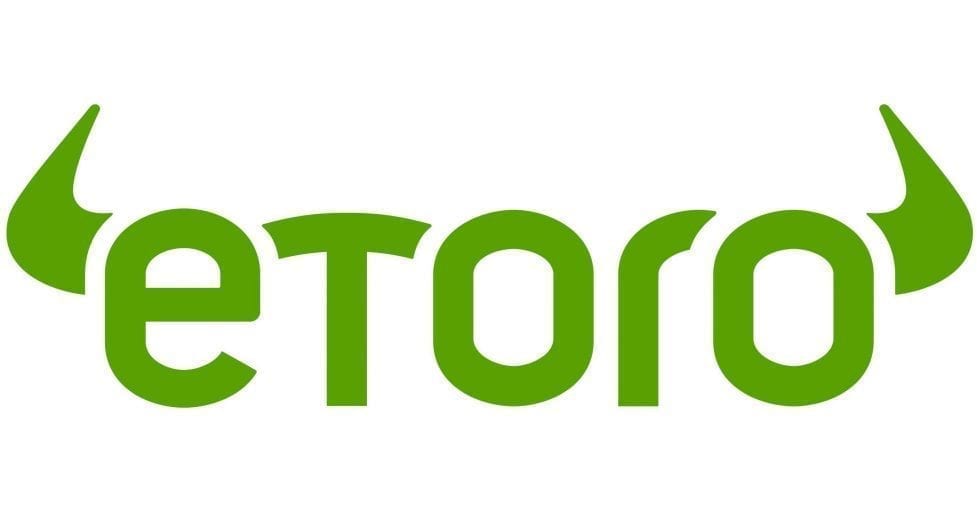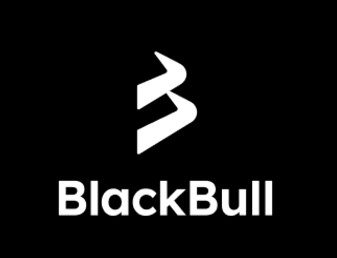The Cash Conversion Cycle – a Superior Liquidity Measure
When it comes to picking a stock for investment investors typically have two strategies for evaluating worthy targets – fundamental analysis and technical analysis, with fundamental analysis being the most common.
Technical analysis relies on historical stock price movement while fundamental analysis examines a company’s overall operational and financial health. Liquidity is one of the issues of concern.
Liquidity measures to convert assets into cash without affecting the price of the asset. Investors look at two types of liquidity – market liquidity and accounting liquidity.
Marketing liquidity is the ability to quickly exit a stock investment, with highly liquid stocks the gold standard. Accounting liquidity is the ability of a company to convert its assets to cash at a fair price quickly.

Top Australian Brokers
- Pepperstone - Trading education - Read our review
- IC Markets - Experienced and highly regulated - Read our review
- eToro - Social and copy trading platform - Read our review
Among the ways to measure accounting liquidity, the current ratio and the quick ratio are the most common.
The Current Ratio divides current assets by current liabilities to measure a company’s ability to raise cash over the short-term, typically a year. A current ratio between 1.5 and 3.0 means a company has the ability to raise cash to cover unforeseen debt obligations over the course of a business year.
The Quick Ratio, or the Acid Test Ratio eliminates inventory from the calculation, relying on liquid assets like cash, accounts receivables and company owned securities. A Quick Ratio of 1.0 is considered a measure of the ability to convert liquid assets to cash.
Neither ratio measures the time it could take for the conversion at fair value to take place. Both inventories, accounts receivables, and marketable securities may need to be converted at “fire sale” pricing, far below market value in challenging economic conditions.
What is the Cash Conversion Cycle?
The Cash Conversion Cycle, although more complicated to calculate than the current or quick ratio, does consider the time it could take a company to convert its inventory, collect its accounts receivables, and pay its bills. The CCC tells the company and potential investors and acquirers the number of days it takes for the company to convert inventory and receivables intro cash flow from sales.
The CCC also goes by the name the Net Operating Cycle and its use is not restricted to would-be investors of all types. Companies track their own Cash Conversion Cycles to determine how much of their cash is tied up in inventory and accounts receivable and how long it would take to access the cash while paying their bills. The CCC is also used by analysts evaluating the company for potential mergers and acquisitions.
Companies have three business processes that determine how long it takes to turn assets into cash:
- Days Inventory Outstanding (DIO) – measures how long it takes to sell inventory
- Days Sales Outstanding (DSO) – measures how long it takes to collect cash the company is owed
- Days Payable Outstanding (DPO) – measures how long it takes to pay the company’s bills.
The Cash Conversion Cycle Formula
The CCC is a favored metric used by economists to assess the financial health of a company, yet while the current and quick ratios are readily available virtually everywhere, the CCC is surprisingly absent. Some premium financial websites include it and analyst research reports may include it as well.
Retail investors may find some different terminology in professional financial analyst reports, like Days in Inventory or Average Inventory Collection period, and Average Receivables and Payables Processing Period.
The rationale behind this may be the CCC is meant for companies that maintain inventory, excluding sectors like utilities, and software as a service providers. The CCC applies primarily to companies that need inventory to operate, such as retailers and manufacturers.
To calculate the CCC investors need three values – the Days Inventory Outstanding (DIO), the Days Sales Outstanding (DSO), and the Days Payable Outstanding (DPO). Here is the formula:
CCC = DIO + DSO – DPO
How a company manages its inventory is a critical component of its financial health. Inventory sitting on shelves ties up cash that could be available for other purposes. To free the cash, inventories must be sold and the cash from sales collected. DIO and DSO represent cash coming into the company, with DSO measuring how many days it takes the company to collect cash from credit purchases while DPO represents cash going out of the company.
The values investors and professional financial analysts need to calculate the variables in the formula are available on the company’s Balance Sheet and Income Statement.
To calculate the DIO find the beginning and ending inventory from the Balance Sheet, add the two values and divided by 2 to get the average. Finally, divided the average inventory by the cost of goods sold from the Income Statement.
To calculate DSO divided ending inventory from the Balance Sheet by the cost of goods sold from the Income Statement and multiply the result by 365 for a full year analysis.
To calculate the DPO, multiply the accounts payable by 365 and divide the result by the cost of goods sold. With this metric, a higher number is better as it reflects the more time available for the company to make use of the cash before payment.
What does the CCC Value Say About a Company?
The CCC and its components show investors and analysts how effective company management is at managing its finances. A low CCC means company cash is spending less time in inventory or accounts receivable, the management of both controllable by company management. Low CCCs are seen as evidence of solid company management.
An exhaustive analysis of a company’s CCC would include other financial ratios like Return on Equity (ROE) and Return on Assets (ROA) with all three compared with competitive companies in the business sector in which the targeted company operates.
The COVID 19 Pandemic taught many Aussie investors a hard lesson as they watched the value of once market darlings like online retailer kogan.com (ASX: KGN) plummet. The explosive growth in online sales coming from consumers locked in at home flush with cash from the government led kogan.com and other online retailers to massive increases in inventory, anticipating the trend would continue as COVID abated. Instead, consumers spread spending across online and brick and mortar sales, forcing kogan.com and others into “fire sales” where inventory was sold at below market value.
The Cash Conversion Cycle goes beyond the most common measures of a company’s liquidity – the current ratio and the quick ratio – by measuring the time in days it would take a company to convert inventory and receivables into useable cash.





